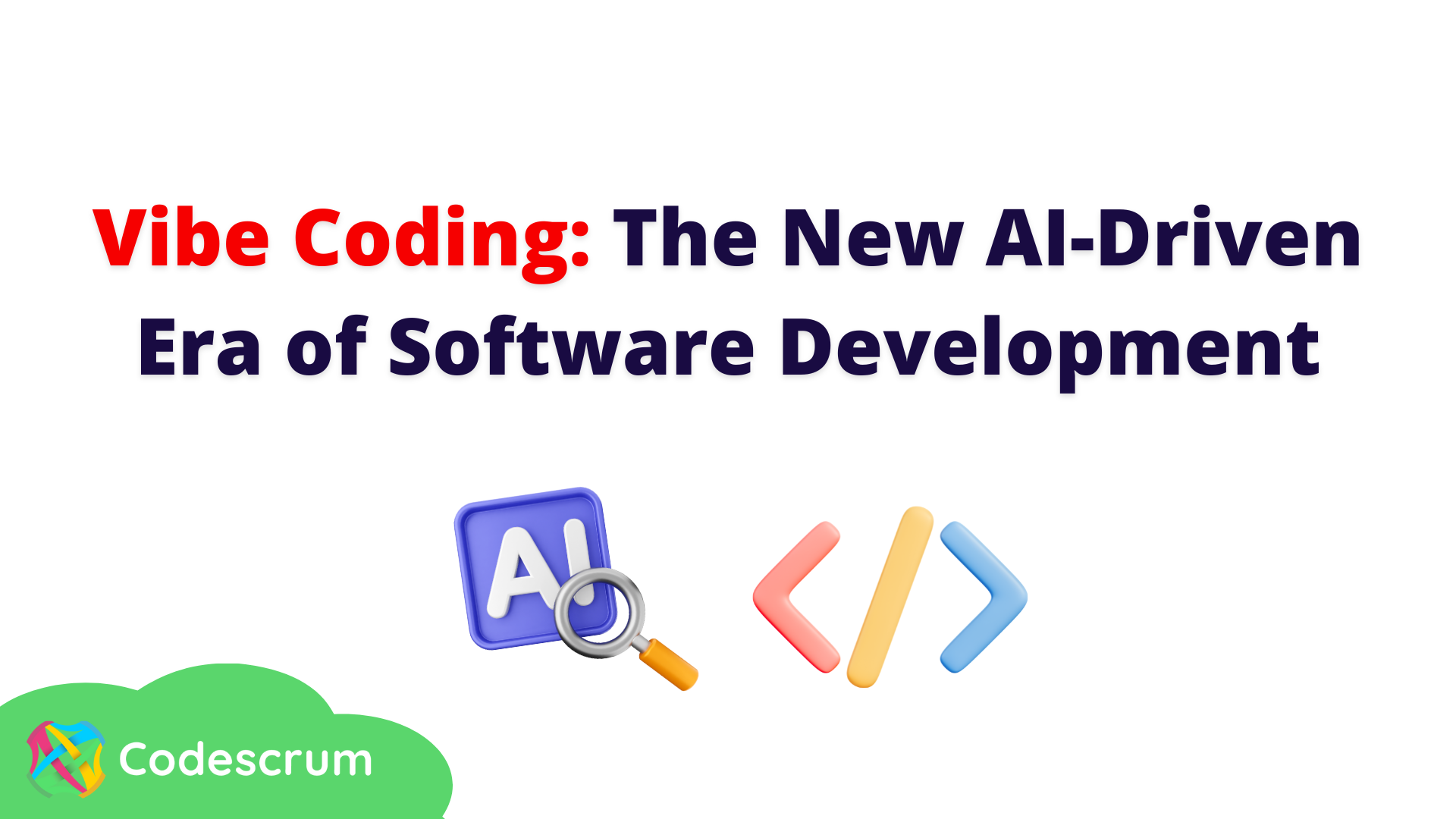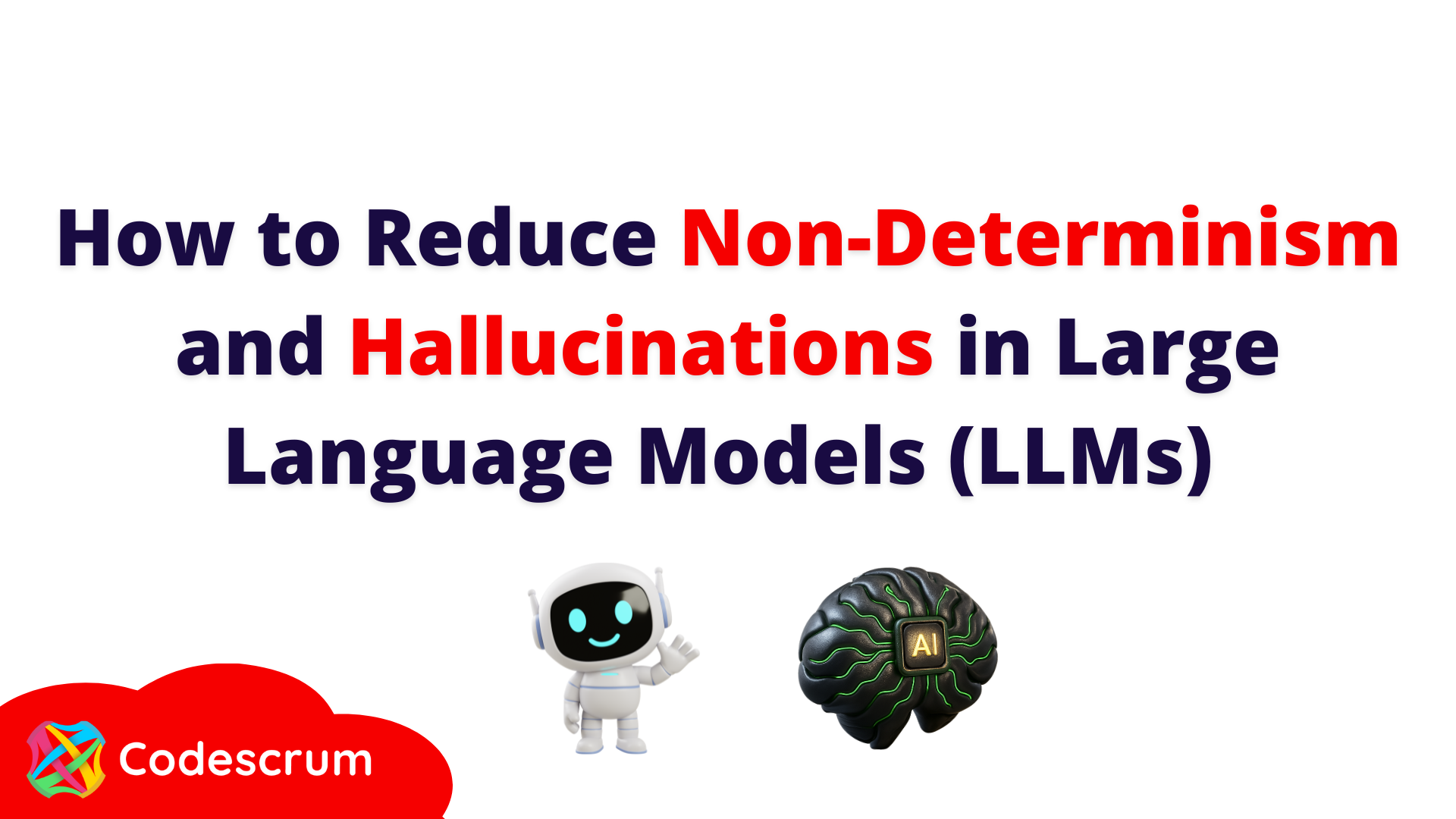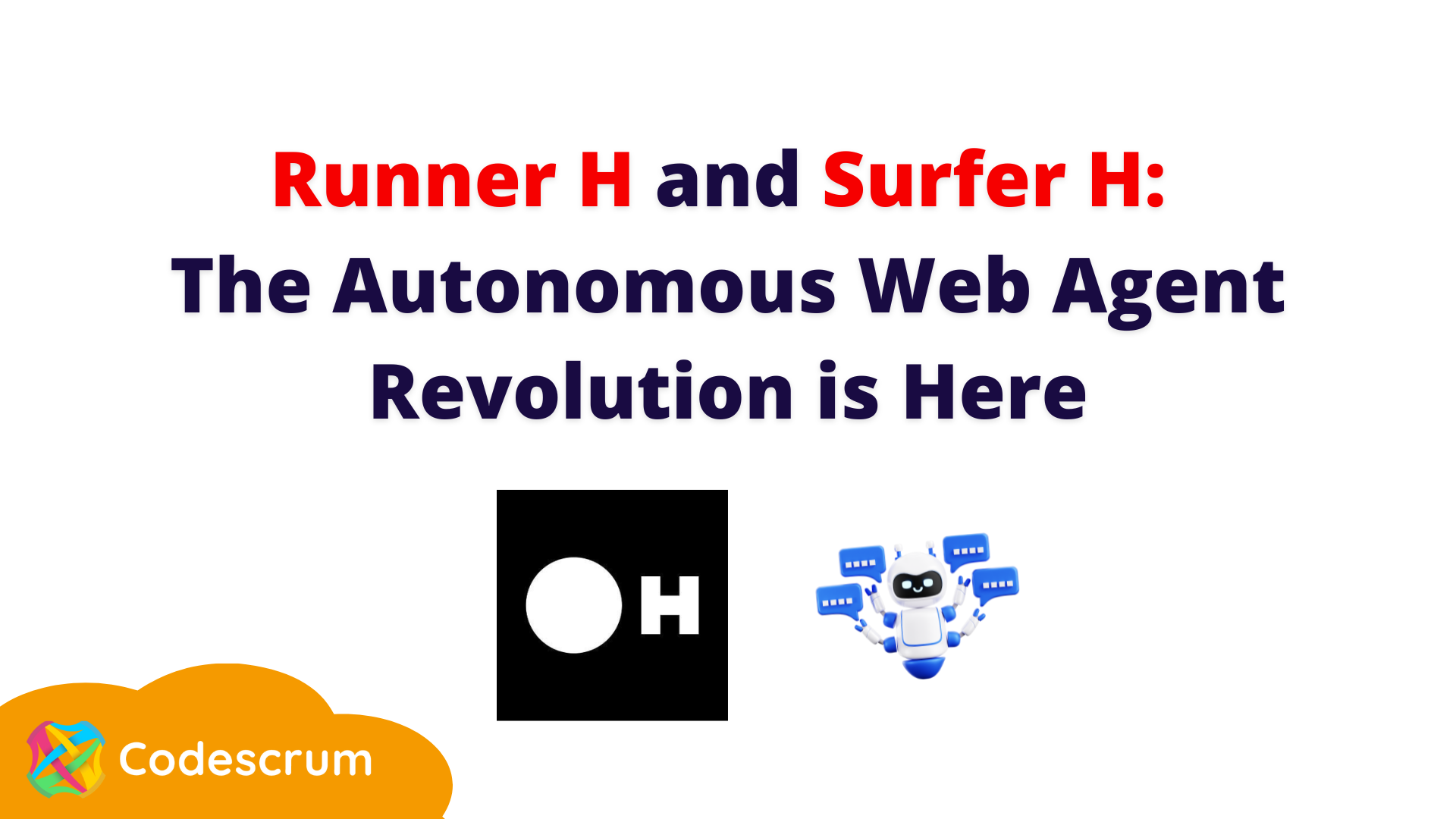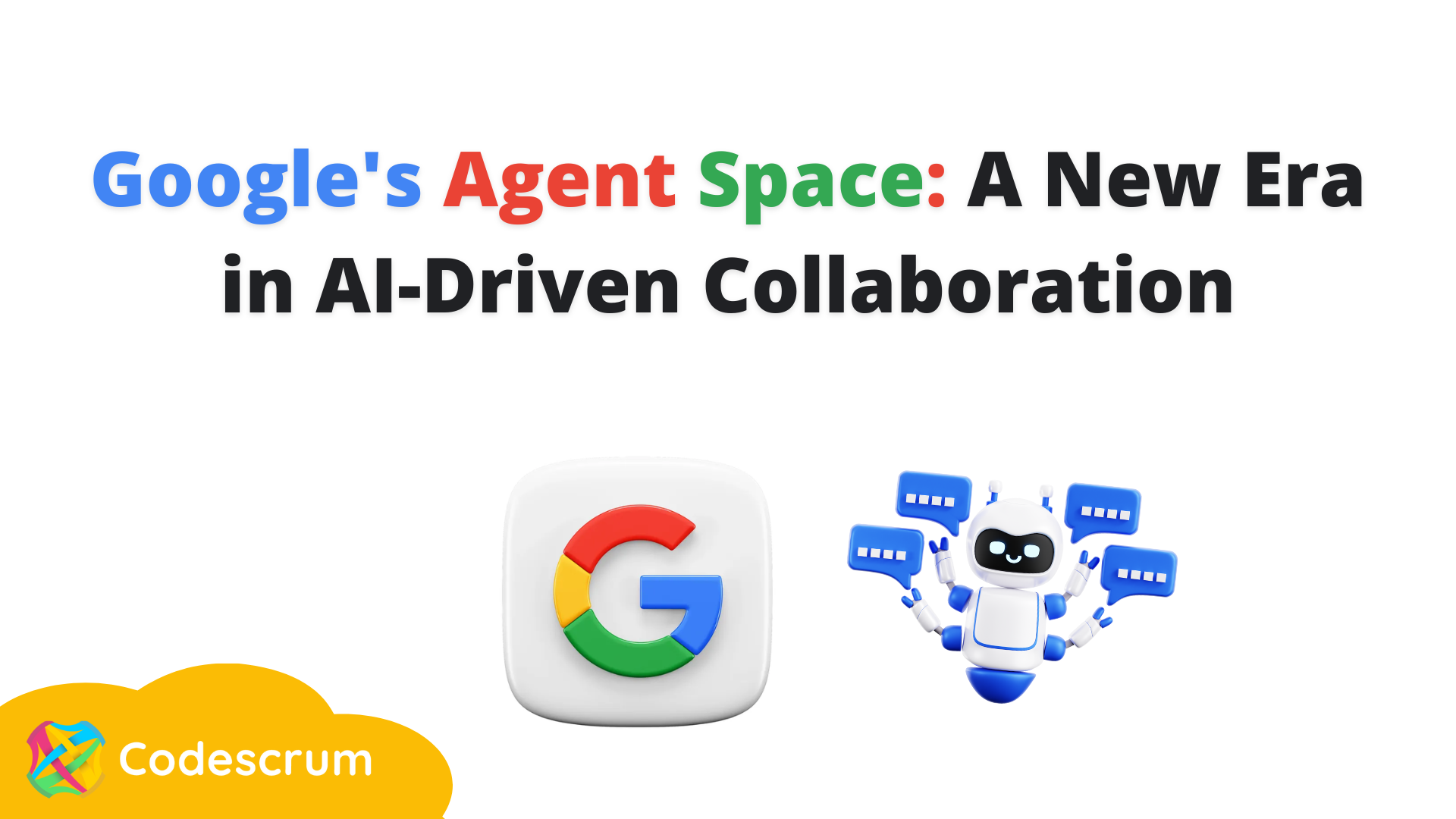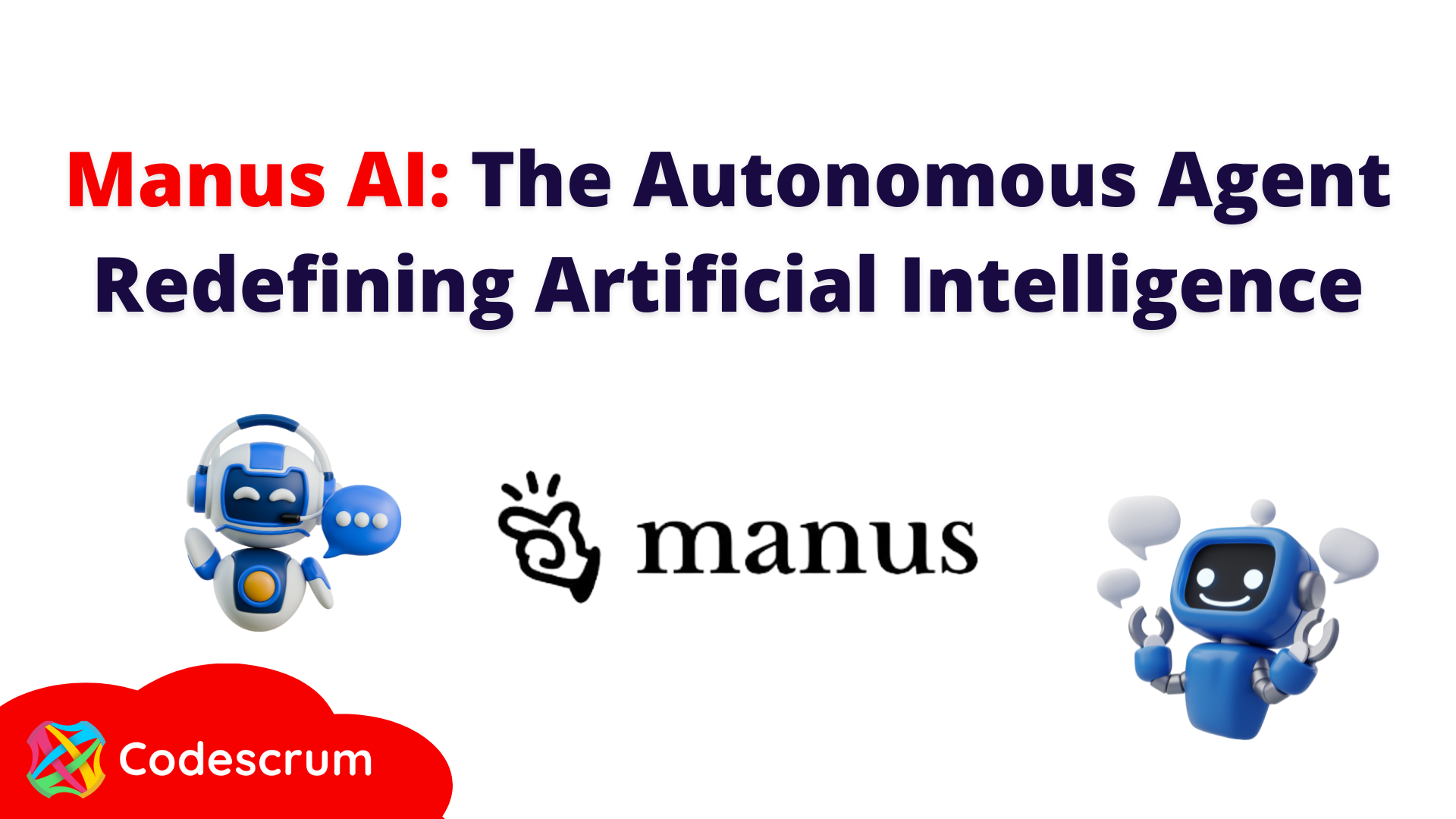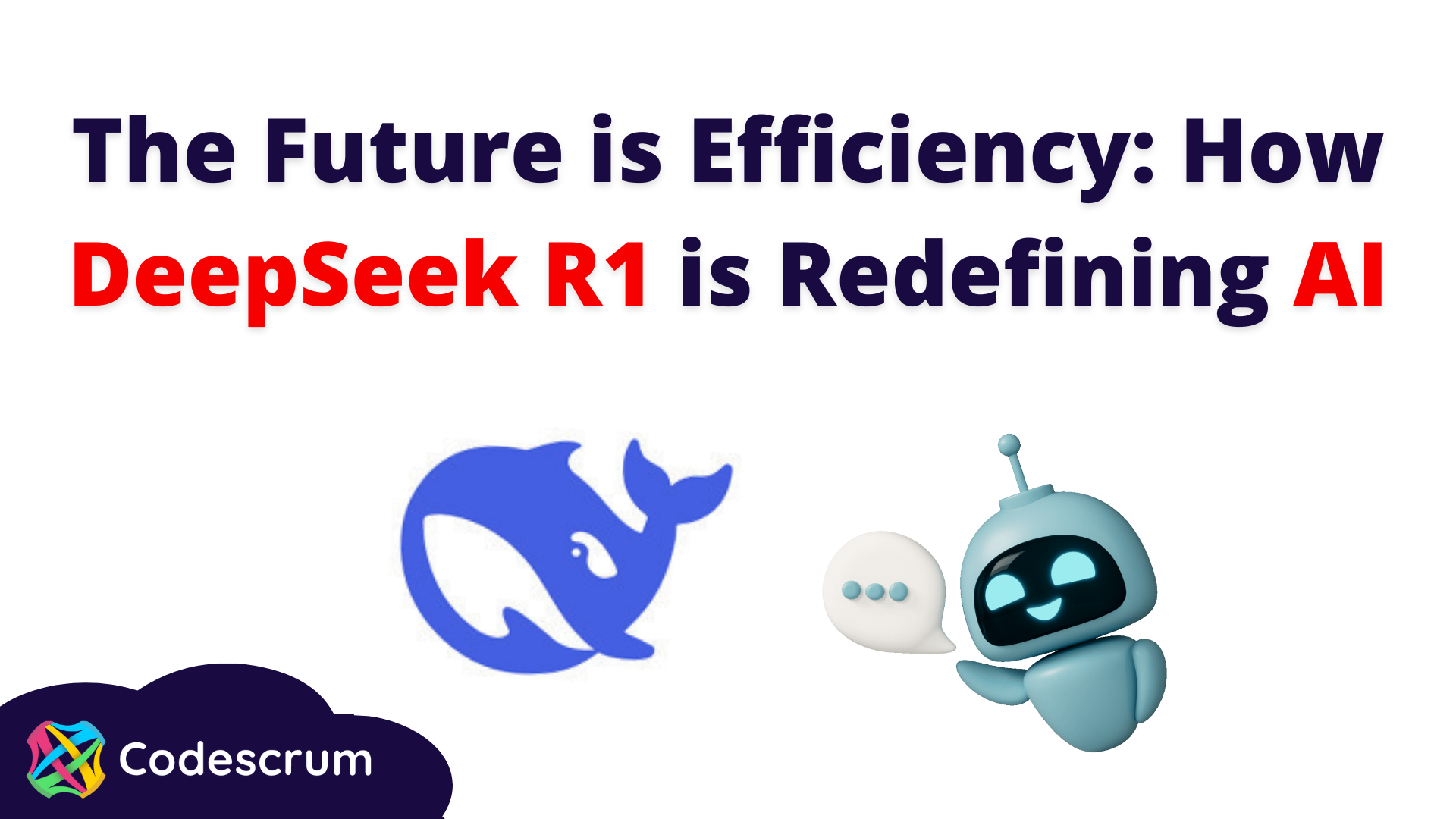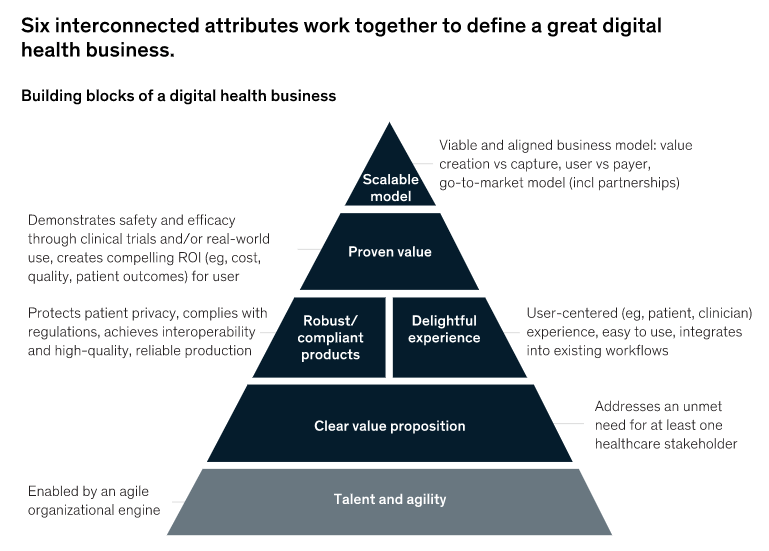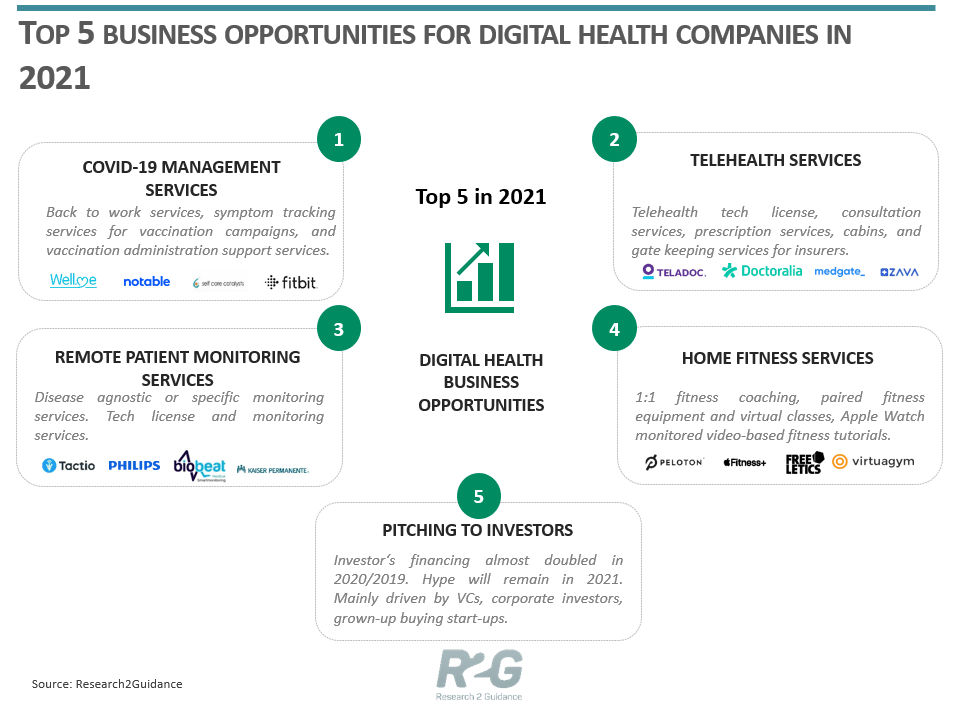How to Design Digital Health Products for Businesses that Add Value to Employees
How to Design Digital Health Products for Businesses that Add Value to Employees
The pandemic has been an accelerator for breaking digital health solutions into traditional healthcare systems around the world. This has created new business opportunities for a range of digital health services directly linked to the pandemic, which will last throughout 2021 and beyond.
Many industries and startups seek to add value to employees through digital solutions that help to monitor health, prevent infections and keep a record of epidemiological surveillance systems. But can this be done properly? Let’s check out some suggestions from big players like McKinsey and Accenture.
1- Define a clear value proposition to address customers’ unmet needs
A product value proposition describes what the customer will get out of the product. It serves as the foundation for additional ancillary marketing copy that branches off from it.
It is the product’s elevator pitch, boiled down to one sentence. Not only that, but it shouldn’t just describe the product, though — it should sell it.
Although many digital health products and services feature cutting-edge technology, innovative technology alone cannot ensure success. The starting point, therefore, must be to identify the unmet need of a stakeholder within the healthcare system.
2- Start with an MVP
A minimum viable product (MVP) is the smallest and simplest version of your product or service that can provide value to your users. A traditional approach to building a product requires a locked-down scope, as well as a lot of resources committed upfront (including time and money).
If that product fails to perform as expected in the marketplace, it can prove extremely costly. Prototypes and MVPs allow you to focus on learning efficiently as much as possible. By building and testing these prototypes, you can obtain data, feedback, and validation from real users. MVPs allow products to be brought to the market faster, with less upfront investment. By validating a version of the product as early as possible, the risk associated with building a product is significantly reduced.
3- Do It Yourself Innovation
Organizations must find a way to join the DIY revolution. They must acknowledge how the lines between innovation and creation, as well as creator and customer, have blurred. Design products can be a collaborative exercise in innovation, with models such as design thinking allowing you to include different teams to work on ideas from different disciplines.
Corporate innovation is not just about ideas. You also need stamina, courage, alignment, and leadership to see it through, as you often need to iterate over a long period of time before any invention can be nailed.
4- Combine healthcare and technical expertise to develop robust, compliant products
It is imperative that companies employ individuals with strong medical and clinical capabilities, as well as an understanding of underlying disease and treatment paradigms, and an ability to navigate the healthcare landscape. DarioHealth, Hello Heart, and uMotif all have disease and industry specialists that help design their products, while others have disease educators to support patients.
The two worlds — medical/clinical and technological — do not always sit comfortably together, given their divergent working methods and cultures. But if the aim is to seek regulatory approval for a product, the relevant expertise must be at hand to help guide product development.
5- Design for simplicity. Design for empathy
When designing digital health products, it’s important to make sure that you understand how people make decisions and value how your employees feel.
Delivering the right information at the right time streamlines the clinician’s workflow. Delivering the right amount of information, using the right tone, improves people's engagement. To do this, make sure that you understand the mental models the healthcare industry use and design a product that reflects their decision-making process. You also need to understand the environment/context that the product will be used in while ensuring that you will always design for accessibility.
6- Stay focused at launch, gain traction, and only then expand
The commercial model is typically tested with a small customer base before expansion. Hello Heart began with a partnership with one large employer, Ieso Digital Health, and focused on a few clinical commissioning groups within the United Kingdom’s National Health Service, and Pear Therapeutics started with addiction treatment centers.
Many companies focus initially on one therapeutic area. When the first product gains traction, it then expands to other areas. For example, Happify Health first addressed the challenges of stress, anxiety, and depressive symptoms and is now expanding to chronic conditions, such as multiple sclerosis and psoriasis
7- Design products that engage
Effective digital health solutions are carefully designed for end-users — patients, caregivers, healthcare providers, and payers.
Pear Therapeutics had physicians and patients in mind when it designed reSET, a product that applies cognitive behavioral therapy to the treatment of addiction. Dashboards enable doctors to track patients’ treatment and progress easily by displaying information, such as the number of sessions completed, drug-screening results, and patient-reported substance use, cravings, and triggers.
Human-centered design is crucial in ensuring that patients engage with a solution and continue to use it. For example, a user-friendly interface that collects clinical trial data is Key to uMotif’s approach, as it replaces the excessive amounts of paperwork that patients had to complete before and simplifies the overall process. “Our design makes people smile,” said the company’s co-founder and CEO, Bruce Hellman.
Personalization is key to engagement, too. Happify Health, an evidence-based digital health platform for managing depression, uses “Ana”, an AI coach and therapist, to create a set of exercises based on its users’ particular needs.
DarioHealth, which offers a digital therapeutics solution for people with diabetes and hypertension, including its proprietary blood-glucose monitoring system, personalizes the program according to the users’ answers to a set of questions. It then tailors both the level of interaction and tone of its messages as it learns how users typically respond.
Developing a user-centric design is a continuous process throughout a product’s life cycle. Many companies have adopted an agile working model, developing software, in short, iterative cycles before testing and adapting it.
Digital health is here to stay, playing an increasingly critical role in improving healthcare. With average projected growth at approximately 12 percent per year and a minimum of 8 percent growth across all value pools through 2024, digital health value pools provide a significant opportunity to capture value for both new entrants and established players.
Designing digital products in healthcare is more challenging than in any other sector. Your success or failure is directly tied to the extent that you consider the broader environment your product will operate within. Building a product/service ecosystem is the most effective way to address all the complexities you will inevitably encounter.
From Codescrum, we are working on different healthcare projects. If you would like to know more, don’t hesitate to contact us! — Be an early user with great benefits — [email protected]
